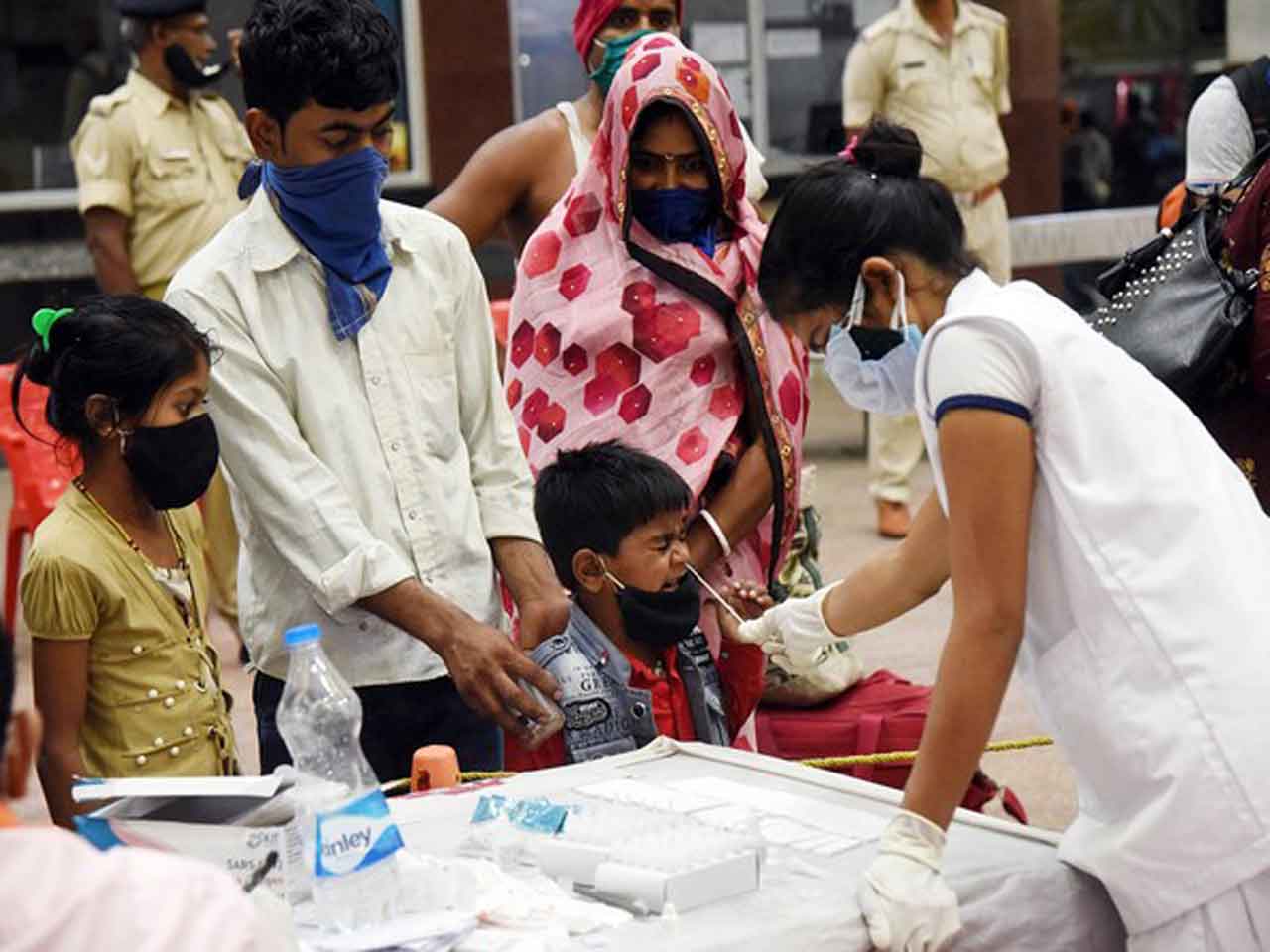The global health landscape has forever changed since the COVID-19 pandemic, which brought zoonotic diseases into sharp focus. As we navigate the post-COVID-19 era, scientists and public health officials remain on high alert for new and evolving infections. These threats, many originating from animals, highlight the critical importance of understanding zoonotic diseases and implementing preventative measures to protect human health.
Understanding Zoonotic Diseases
Zoonotic diseases, or zoonosis, are infections that originate in animals and then transmit to humans. The pathogens responsible for these diseases—whether bacteria, viruses, fungi, or parasites—make the jump from animals to humans, often through close contact. Once they infect humans, these diseases may mutate or adapt, potentially making human-to-human transmission possible. This transition from animal to human hosts creates a complex web of infections that can spread globally, impacting public health.
The world has already witnessed the severe consequences of zoonotic diseases like Ebola, salmonellosis, and HIV. While some zoonotic infections can remain localized, others, like the SARS-CoV-2 virus responsible for the COVID-19 pandemic, can rapidly spread across borders and wreak havoc on public health systems worldwide.
Recent Zoonotic Threats
In recent years, several zoonotic diseases have emerged or re-emerged, causing concern for scientists and healthcare professionals. In 2021, bird flu, specifically the H5N1 strain, led to the deaths of millions of animals across the UK, US, Australia, and parts of Antarctica. This avian flu devastated animal populations and raised alarms about the possibility of transmission to humans. Although less virulent strains, such as H9N2 in India’s West Bengal region, emerged, the risk of widespread infection remained a pressing issue.
Meanwhile, the world witnessed the resurgence of mpox, formerly known as monkey pox, in 2022. This disease, which originated in animals, made headlines as it spread to humans across several countries. These zoonotic infections, once primarily confined to animal populations, have demonstrated their ability to adapt and infect humans, posing significant threats to public health.
Climate Change and Its Role in the Spread of Zoonosis
The rise of zoonotic diseases is closely linked to environmental changes. Climate change, in particular, has had a profound impact on the delicate balance between humans, animals, and the environment. The destruction of natural habitats, extreme weather events, and the extinction of certain animal species have all contributed to the spread of zoonotic diseases.
Changes in weather patterns have disrupted the migration patterns of birds and other animals, facilitating the spread of diseases across regions. Disrupted bird migrations due to unusual weather patterns played a key role in the spread of the deadly H1N1 virus (swine flu). Similarly, climate-induced changes in animal behaviour continue to create opportunities for the transmission of pathogens from animals to humans.
As humans encroach on natural habitats through deforestation and urbanization, the likelihood of coming into contact with animals carrying dangerous pathogens increases. This growing interaction between humans and wildlife amplifies the risk of zoonotic diseases, making it imperative to address the environmental factors driving these outbreaks.
Not all diseases transmitted by animals fall under the category of zoonotic diseases. For a disease to be classified as zoonotic, it must meet two specific criteria:
1. The disease must originate in animals.
2. The disease must be able to spread from person to person after infecting humans.
A prime example of a zoonotic disease that meets both criteria is SARS-CoV-2, the virus responsible for the COVID-19 pandemic. This virus likely originated in animals, possibly bats, and successfully jumped to humans, where it mutated and spread globally.
It is important to note that diseases such as malaria and dengue, which are transmitted to humans via mosquitoes, are not classified as zoonotic diseases. Instead, they are considered vector-borne diseases, as mosquitoes act as the intermediary carriers of the infection, rather than the infection originating in animals themselves.
The Public Health Challenge of Zoonosis
Zoonotic diseases present a unique challenge for public health systems. These diseases often emerge unexpectedly and can spread rapidly, catching health officials off guard. The COVID-19 pandemic has highlighted the need for robust public health infrastructure that can quickly respond to new threats. However, the rapid spread of zoonotic diseases demands more than just a reactive approach—it requires proactive measures and a coordinated global response.
One of the key challenges in controlling zoonotic diseases is the need for a dual approach that combines both bottom-up and top-down strategies. Local communities play a vital role in providing data on animal populations, human-wildlife interactions, and outbreaks of infections. Empowering these communities to monitor and report disease outbreaks can help inform targeted interventions at the grassroots level.
At the same time, top-down approaches, such as government-led public health initiatives and global disease surveillance systems, are essential for coordinating responses and allocating resources. This combination of local knowledge and global coordination is critical to effectively managing the threat of zoonotic diseases.
Strengthening Public Health Systems
To combat the growing threat of zoonotic diseases, public health systems must be strengthened at every level. This involves improving disease surveillance, enhancing diagnostic capabilities, and ensuring that healthcare systems can respond quickly to outbreaks.
One of the most important aspects of preventing zoonotic diseases is improving hygiene practices. Simple measures such as regular hand washing, safe food handling, and maintaining clean living environments can significantly reduce the risk of infection. In areas where zoonotic diseases are prevalent, educating communities about the importance of hygiene can help prevent the transmission of pathogens from animals to humans.
Supporting environmental conservation efforts is also crucial. Protecting natural habitats and preserving biodiversity can help maintain the balance between humans, animals, and the environment, reducing the opportunities for zoonotic diseases to emerge. Efforts to curb deforestation, limit urban sprawl, and promote sustainable agriculture can all contribute to minimizing human-wildlife interactions that lead to the spread of zoonotic diseases.
While systemic changes are essential, individuals also have a role to play in preventing the spread of zoonotic diseases. Simple actions such as avoiding close contact with wild animals, properly cooking meat, and keeping pets healthy can reduce the risk of infection. Individuals can also support conservation efforts by advocating for policies that protect wildlife habitats and reduce environmental degradation.
Vaccination is another critical tool in the fight against zoonotic diseases. Vaccines can provide immunity against certain zoonotic infections, preventing their spread. For example, rabies is a zoonotic disease that can be effectively controlled through vaccination of both animals and humans. Similarly, ongoing research into vaccines for diseases like bird flu and mpox offers hope for reducing the impact of these zoonosis on public health.
Zoonotic diseases are not a new phenomenon, but their impact on global health is becoming increasingly apparent in the 21st century. The COVID-19 pandemic has highlighted the importance of addressing zoonotic diseases before they become pandemics. As the world becomes more interconnected, the threat of zoonosis will continue to grow, making it crucial to take action now.
The World Health Organization (WHO) and other global health agencies are actively working to address the challenge of zoonotic diseases. These efforts include monitoring animal populations for signs of emerging infections, improving disease surveillance systems, and promoting international cooperation to prevent and control outbreaks.
However, these efforts require sustained investment and political will. Governments, healthcare organizations, and the private sector must work together to build the capacity needed to respond to zoonotic diseases. This includes funding research into new treatments and vaccines, strengthening public health systems, and supporting initiatives that reduce the environmental drivers of zoonotic diseases.
In the post-COVID-19 world, zoonotic diseases represent one of the most significant challenges to global health. The increasing interaction between humans and animals, driven by climate change, deforestation, and urbanization, has created ideal conditions for zoonotic diseases to thrive. The emergence of bird flu, mpox, and SARS-CoV-2 are stark reminders of the need for vigilance.
By improving hygiene practices, supporting environmental conservation, and strengthening public health systems, we can reduce the risk of zoonotic outbreaks. Both individual actions and systemic changes are necessary to create a safer world for future generations. The time to act is now, before the next zoonotic disease becomes another global pandemic.
.png)
 The increasing interaction between humans and animals, driven by climate change, deforestation, and urbanization, has created ideal conditions for zoonotic diseases to thrive.
The increasing interaction between humans and animals, driven by climate change, deforestation, and urbanization, has created ideal conditions for zoonotic diseases to thrive.





.jpeg)


.jpg)
.jpg)










.jpeg)

.jpeg)










.jpg)




.jpg)

